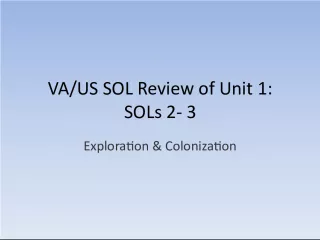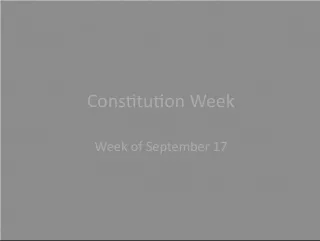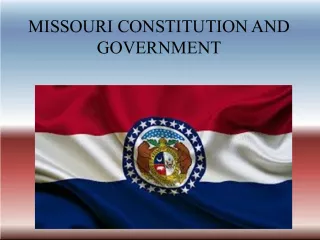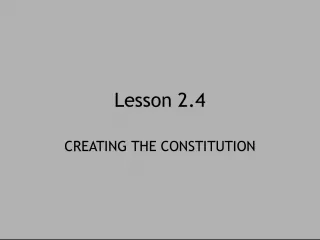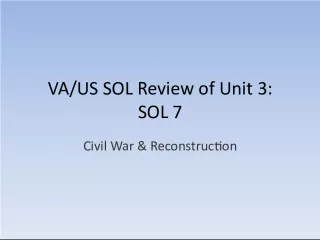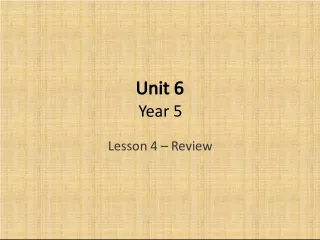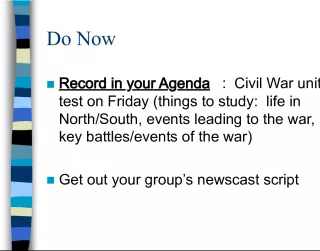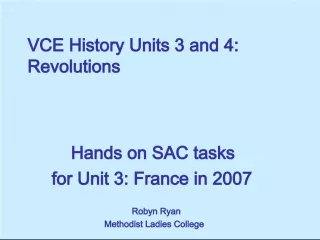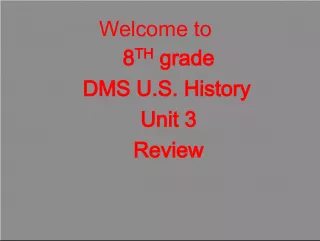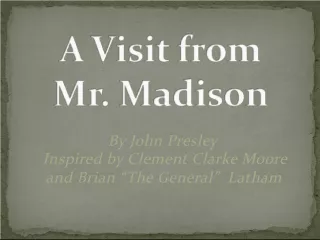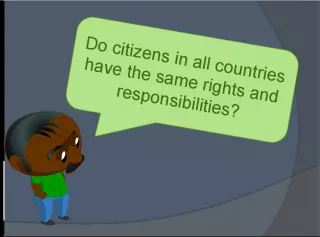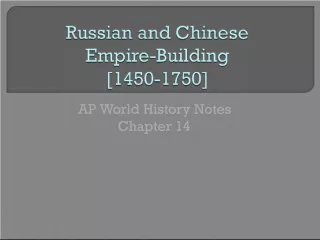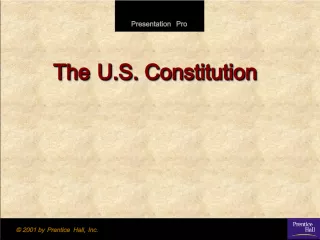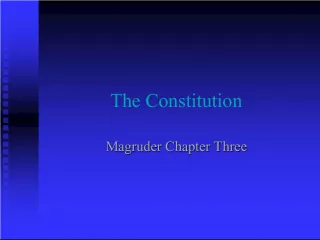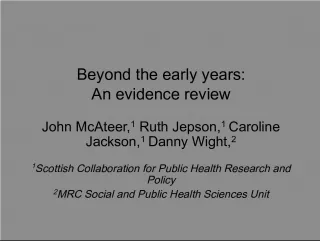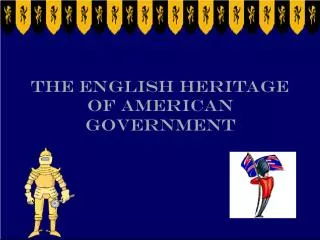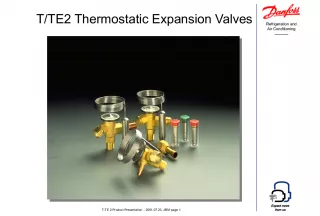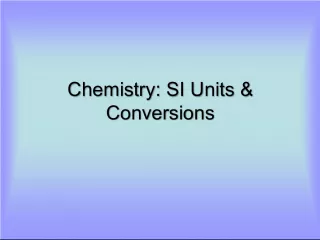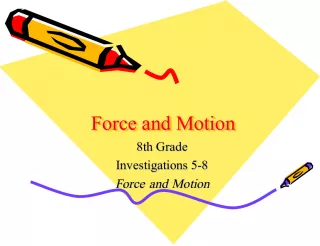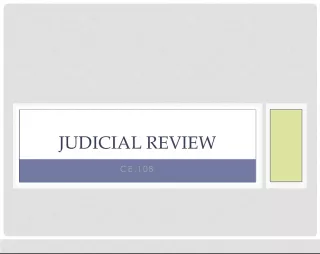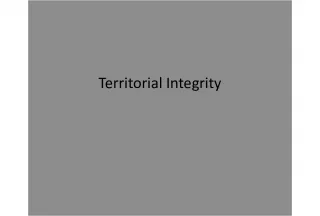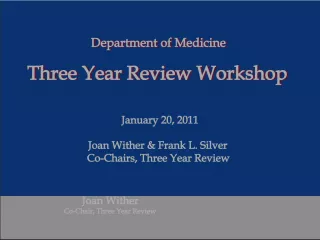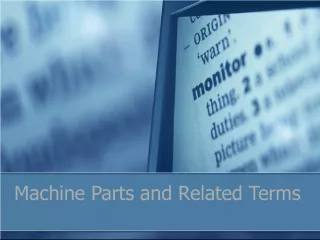VA US SOL Review: Unit 2 SOLs 5 & 6 - Constitution & Territorial Expansion
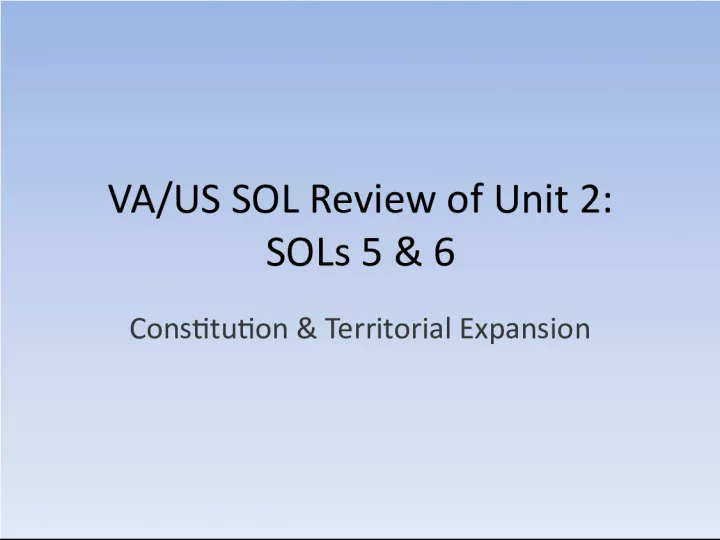

This review will focus on Unit 2 SOLs 5 & 6, which cover the establishment of a new
- Uploaded on | 6 Views
-
 daniela
daniela
About VA US SOL Review: Unit 2 SOLs 5 & 6 - Constitution & Territorial Expansion
PowerPoint presentation about 'VA US SOL Review: Unit 2 SOLs 5 & 6 - Constitution & Territorial Expansion'. This presentation describes the topic on This review will focus on Unit 2 SOLs 5 & 6, which cover the establishment of a new. The key topics included in this slideshow are . Download this presentation absolutely free.
Presentation Transcript
Slide1VA/US SOL Review of Unit 2:SOLs 5 & 6 Constitution & Territorial Expansion
Slide2Creating a new government• After the Revolution the major problem in the US, was that people disagreed over how much power the new government should have. • America’s pre-Revolutionary relationship with England influenced the structure of the first national government. American political leaders, fearful of a powerful central government like England’s, created the Articles of Confederation which was adopted at the end of the war. It was the first of 2 attempts to establish a workable government based on republican principles.
Slide3Articles of Confederation (AOC)• Provided for a weak national government • Provided a Congress with no power to tax or regulate commerce among the states • Provided for no common currency • Provided for one vote per state (regardless of size) • Provided for no executive or judicial branch
Slide4AOC Constitution • The AOC wasn’t working so they debated over what to do: amend the AOC or create a new government. • Constitutional Convention – Met in Philly to make a new government
Slide5Constitutional Convention Leaders• George Washington – President of the Convention – Didn’t really participate. Spoke very little. • James Madison – Father of the Constitution – Kept detailed notes – VA Plan : proposal for 2 branches of government, representation based on population – Later wrote Bill of Rights
Slide6The Constitution of the US• Made federal law the supreme law of the land when constitutional, but otherwise gave the states lots of leeway. • Senate : 2 per state. • House of Representatives: based on population • 3/5 Compromise: placated southern fears about representation • Checks & balances = Prevent any branch from becoming too powerful • Limited the powers of the federal government to those identified in the Constitution
Slide7Did everyone want a newgovernment? • Federalists: – Wanted a strong central (federal) government – Wanted to ratify the constitution – Leaders from VA: • George Washington • James Madison • Anti-Federalists: – Wanted a weak central government; strong state government – Protect the rights of individuals – Demanded a Bill of Rights – Leaders from VA: • Patrick Henry • George Mason
Slide8Origins of the Bill of Rights• George Mason’s VA Declaration of Rights – Basic human rights should not be violated by governments • TJ’s VA Statute for Religious Freedom – Outlawed a govt. Church – Government can’t support one favored Church • Madison didn’t think the Bill of Rights was necessary, but knew the Constitution wouldn’t pass without it. So, he wrote the Bill of Rights to get support from Anti-Federalists.
Slide9Questions• What’s in the ???: – 1 st Amendment – 2 nd Amendment – 3 rd Amendment – 4 th Amendment – 5 th Amendment – 6 th Amendment – 7 th Amendment – 8 th Amendment – 9 th Amendment – 10 th Amendment • Other Amendments you should know: – 13 th – 14 th – 15 th – 17 th – 18 th – 19 th – 21st
Slide10John Marshall & the Supreme Court• He thought the judicial branch should be an equal branch in the government. • Marbury v. Madison = Established judicial review • McCulloch v. MD = established the doctrine of implied powers • Gibbons v. Ogden = allowed federal government to have broad economic power
Slide11The Start of the 2-Party System• Federalists • Led by John Adams and Alexander Hamilton • Strong national government • Commercial economy and were supported by bankers and business interests in the Northeast. • Democratic-Republicans – Led by Thomas Jefferson and James Madison – Weak national government and an agricultural economy. – They were supported by farmers, artisans, and frontier settlers in the South. **The election of Thomas Jefferson in 1800 was the 1 st Presidential election where power was peacefully transferred from 1 party to another.
Slide12Westward Expansion & Growth• Wanted to rule from “sea to shining sea”; from the Atlantic to the Pacific ocean • Manifest Destiny = belief that America should be able to rule wherever we want to • Moving west & manifest destiny brought “the white man” into conflict with Indians. Moved Indians onto reservations .
Slide13Louisiana Purchase (1803)• Why would France want to sell? – Napoleon was desperate for money; he was fighting wars at the time. • Acquisition by the US of the French territory of Louisiana in 1803 . US paid 60 million francs ($11,250,000) plus cancellation of debts worth 18 million francs ($3,750,000). [15 mil] • Encompassed portions of 14 current US states and 2 Canadian provinces
Slide14Louisiana Purchase (1803)…• Cons – Negatively effects Native Americans – Unconstitutional? • Pros – Doubles the size of the US – Removes France as a threat in North America – Builds up prestige and national identity – Lewis and Clark sent by Jefferson to explore and survey territory west of the Mississippi River – Sacagawea, American Indian, serves as a guide and translator for the expedition – Inspired many to explore and settle in the west
Slide15War of 1812• War of 1812: – Madison asked Congress to declare war • first President to do this • The American victory over the British in the War of 1812 produced an American claim to the Oregon Territory, and increased migration of American settlers into Florida, which was later acquired by treaty from Spain .
Slide16Stopping Territorial Expansion?• Monroe Doctrine (1823) • Named after President James Monroe – The American continents should not be considered for future colonization by any European powers. – Nations in the Western Hemisphere were inherently different from those of Europe, republics by nature rather than monarchies.
Slide17Stopping Territorial Expansion?• Monroe Doctrine (1823) – The US would regard as a threat to its own peace and safety any attempt by European powers to impose their system on any independent state in the Western Hemisphere. – The US would not interfere in European affairs. • In other words: Stay the heck out of our area & we’ll stay out of yours!!!!
Slide18Answer the following questions:1. What helped the growth of an industrial economy and supported the westward movement of settlers? Hint: Railroads & Canals
Slide192. Who’s invention is this? 2. Who’s invention is this? 2. Who’s invention is this? 2. Who’s invention is this? It’s the cotton gin. It’s the cotton gin. Eli Whitney ’s Cotton Gin led to spread of slavery-based “cotton kingdom” in Deep South. Eli Whitney ’s Cotton Gin led to spread of slavery-based “cotton kingdom” in Deep South.
Slide20 Texas, Mexico, the Alamo!• US migration into Texas led to armed revolt against Mexican rule & the Alamo, in which a band of Texans fought to the last man against a vastly superior force. 3. What was the result of the Alamo? The Texans’ eventual victory over Mexican forces subsequently brought Texas into the Union.
Slide21 Texas & Mexico4. The American victory in the Mexican War during the 1840’s led to the acquisition of an enormous territory that included the present- day states of….? California, Nevada, Utah, Arizona, and parts of Colorado & New Mexico.
Slide22Impact of Expansion onAmerican Indians • “Manifest Destiny” = The belief that it was America’s right to stretch from Atlantic to Pacific provided political support for territorial expansion. • During this period of westward migration, the American Indians were repeatedly defeated in violent conflicts with settlers and soldiers and forcibly removed from their ancestral homelands. They were either forced to march far away from their homes (the “ Trail of Tears ,” when several tribes were relocated from Atlantic Coast states to Oklahoma) or confined to reservations.
Slide23Trail of Tears
Slide24War of 1812 & how it changed Politics• Regional self-interests led to a divided nation at war against the British . British interference with American shipping and westward expansion fueled the call for war. – Impressment • Federalists opposed Madison ’s war resolution and threatened to secede from the Union.
Slide25Political Changes after the War of 1812• Age of the common man – Heightened emphasis on voting equality for adult white males – Changing style of campaigning – Increased voter participation • Andrew Jackson personified the “democratic spirit” • Used the Spoils system • The Federalist Party disappeared & new political parties, the Whigs & the Know- Nothings were organized in opposition to the Democratic Party.
Slide26Question Time!!!Show me what you know
Slide271. Which document directly influenced the firstten amendments to the Constitution of the United States? A. Mayflower Compact B. Virginia Declaration of Rights C. Articles of Confederation D. Emancipation Proclamation
Slide28that the foundation of…all free government is, a right in thepeople to participate in their legislative council;… -Declaration of Rights & Grievances, 1774 2. This statement was issued by the Continental Congress because the British government did not allow--- A. Colonial businesses to support royal taxes B. Powers of the colonial legislatures to increase C. Colonists to have representation in Parliament D. Laws passed by Parliament to govern the colonies
Slide293. Which issue led to the development of thefirst political parties in the United States? A. Abolition of slavery B. Women’s suffrage C. Expansion of western territories D. National government’s powers
Slide304. Critics of Andrew Jackson’s stand on theSecond Bank of the United States (“BUS”) accused him of abusing executive powers by--- A. Ignoring the contributions of political supporters B. Using the military against the Cherokee nation C. Using the presidential veto to overrule Congress D. Opposing federal funding of internal improvements
Slide315. Which group helped Andrew Jackson becomePresident of the United States the first time they could participate in an election? A. People allowed to vote without paying a poll tax B. Newly freed slaves from West Africa C. People allowed to vote without owing property D. Naturalized immigrants from Eastern Europe
Slide326. Which event best completes this sequence?A. Confederate attack on Fort Sumter B. Independence gained from Mexico C. Purchase of the Louisiana territory D. Completion of the Transcontinental Railroad Events in Texas History 1. Migration of American settlers 2. Battle of the Alamo 3. ______?_________ 4. Entry into the Union
Slide337. Which principle is shared by the Articles ofConfederation and the Constitution of the United States? A. Judicial review B. Limited government C. Separation of powers D. Checks & Balances
Slide348. Which Supreme Court decision includes thisquotation? A. Marbury v. Madison B. Cohens v. Virginia C. Gibbons v. Ogden D. McCulloch v. Maryland It is emphatically {unquestionably} the province and duty of the judicial department to say what the law is. -Chief Justice John Marshall
